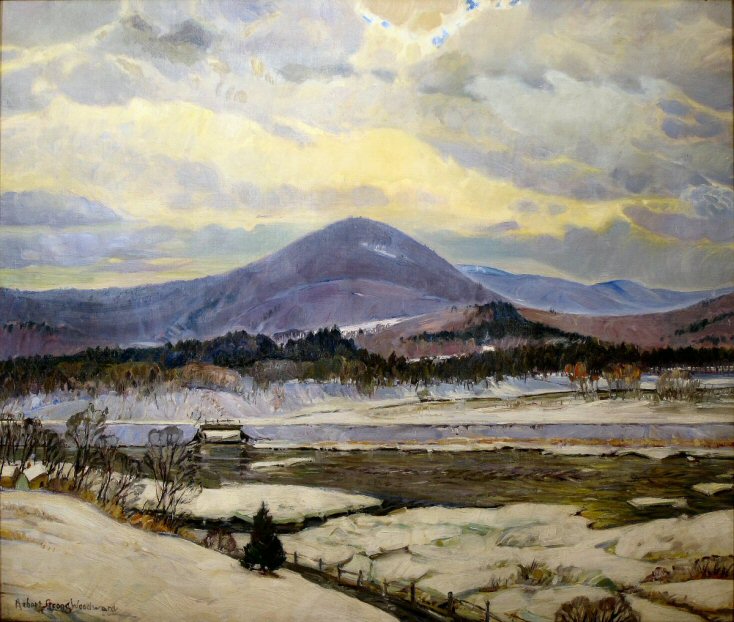Quick Reference
c. 1937
Charlemont, MA looking across the
Deerfield River toward Purinton Hill
Pastel on Board
Landscape
Purinton Hill /Brooks, Ponds, Rivers
22" X 29"
Westfield Athenaeum, 1938
Adaline Havemeyer Frelinghuysen
NA
Featured Artwork: The Winter River
RSW's Diary Comments
Diary Comments for Across the Winter River:
"Painted in 1937 from the window of Richmond place, East Charlemont..."
Editor's Note:
This pastel painting Woodward called chalk drawings (most likely due to the type of pastel), is the
same subject as Across the Winter River (to the right). Woodward makes no mention of the pastel in his diary
remarks for the oil painting.
If the artist was outside capturing this scene, we would suggest he drew the
chalk and worked from that to made the oil. The reason is, if it were as frigid as it looks outside, he could work
much quicker with the chalks and they are less likely to freeze.
The interesting thing about the chalk and
the oil is that the oil's colors and contrast appear richer with more depth whereas many of the examples we have
of matching oils and chalks are remarkably similar. So much so, that when side by side one would have trouble
choosing which was what. In fact, it was a point of pride for Woodward.
Additional Notes
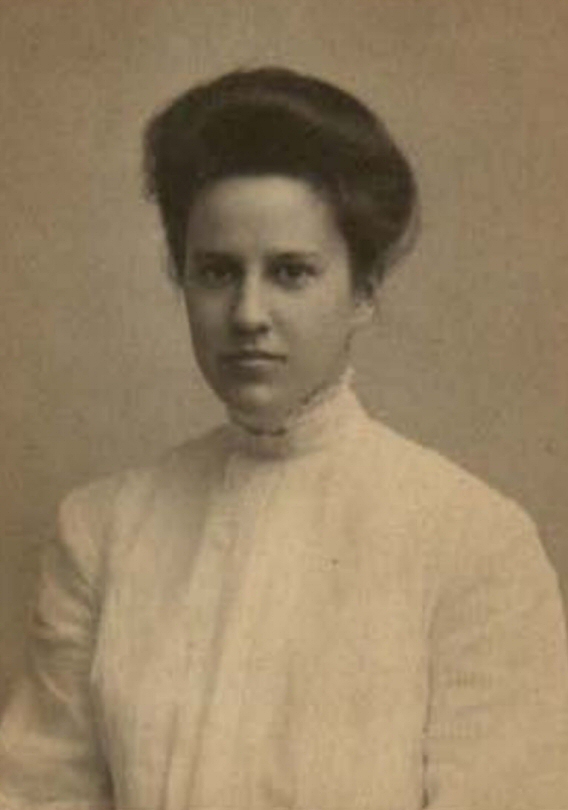
 Adaline Havemeyer Frelinghuysen
Adaline Havemeyer Frelinghuysen
from her 1905 Bryn Mawr College year-
book. Her sister, Electra, is known for
founding the Shelburne Museum, VT.
 Adaline Havemeyer Frelinghuysen
is far and away Woodward's best customer. A resident of Morristown, NJ, she and her husband Peter Hood Ballentine
Frelinghuysen Sr. (a former law school classmate of not-yet-President Franklin Delano Roosevelt and served as an usher at
his wedding to Eleanor) summered in Manchester, VT. The earliest records we have of their relationship began with the start
of the Southern Vermont Artist Association in 1927.
Adaline Havemeyer Frelinghuysen
is far and away Woodward's best customer. A resident of Morristown, NJ, she and her husband Peter Hood Ballentine
Frelinghuysen Sr. (a former law school classmate of not-yet-President Franklin Delano Roosevelt and served as an usher at
his wedding to Eleanor) summered in Manchester, VT. The earliest records we have of their relationship began with the start
of the Southern Vermont Artist Association in 1927.
Over the years, we have learned that she and her husband
bought as many as 40 paintings and we continue to discover more each year. Primarily because there were a number of private
sales that were not recorded in Woodward's records, as well as, Adaline's appreciation for pastels and chalks which Woodward
did not keep records. We believe her love of pastels comes from her mother (Louisine W. E. Havemeyer) and her close friendship
with an artist famous for her pastels, Mary Cassatt. Cassatt was also friends with Edgar Degas one of the most famous pastel
artists of all time whom we believe had a significant influence on Woodward.
If you are wondering, Adaline is the
daughter of controversial sugar magnate and renowned art collector, Henry Osborne Havemeyer of the famed Havemeyer Collection
in the Metropolitan Museum of Art in New York City. Her mother, a leader of New York City's sufferage movement.

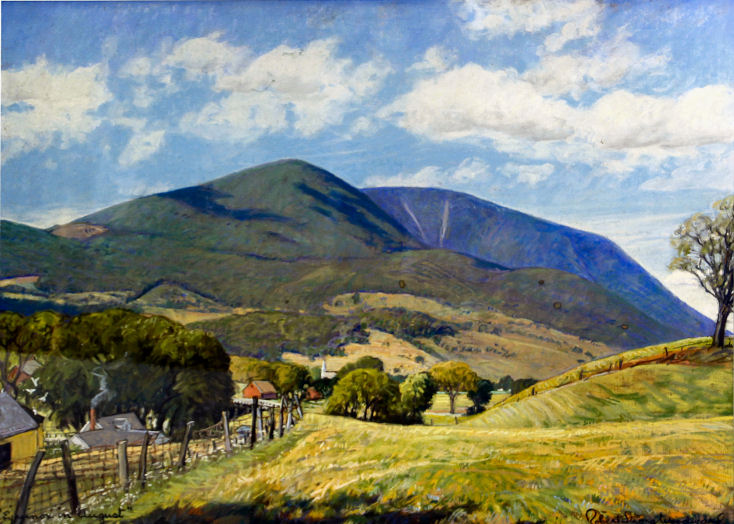
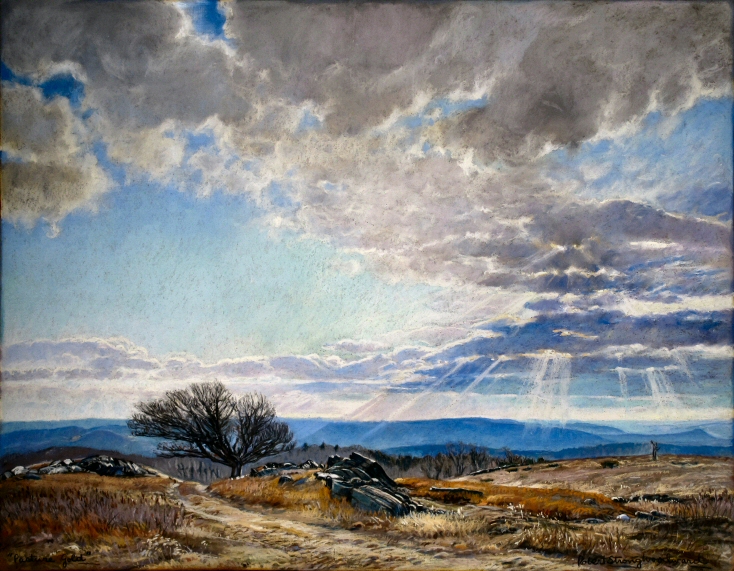
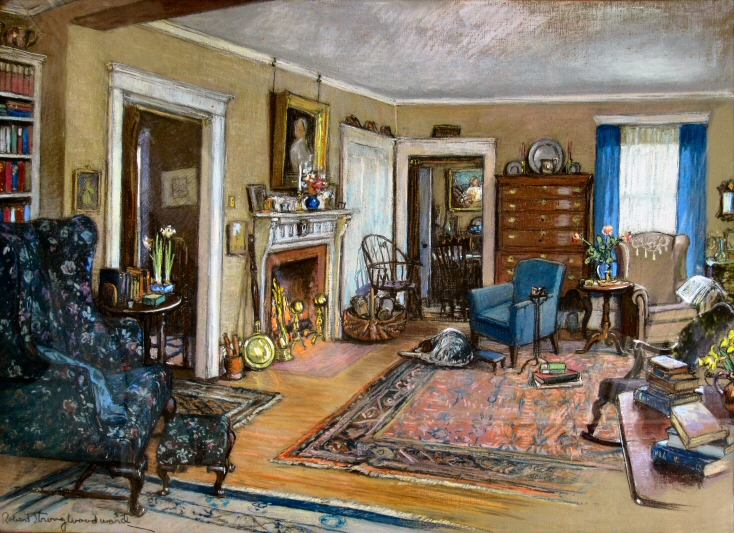
.png)
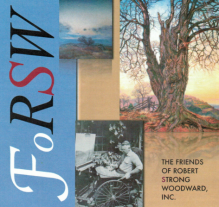
734.png)
